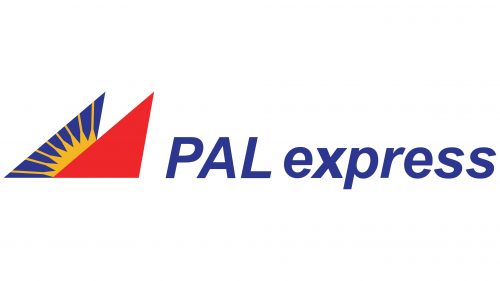PAL Express: Brand overview
2008, PAL Express was established as a regional arm of Philippine Airlines (PAL). This venture aimed to enhance PAL’s domestic reach, particularly on routes the main fleet couldn’t efficiently serve, allowing PAL to better compete with the rising number of budget carriers in the Philippines.
The airline commenced operations on May 10, 2008, with its maiden flight from Manila to Masbate. The carrier initially utilized Bombardier Q300 and Q400 turboprop aircraft, enabling efficient service on short routes and airports with limited runway lengths.
During its first year, the air operator rapidly expanded its route network, adding new destinations across the Philippines. The airline focused on servicing secondary cities and tourist spots that were previously underserved, filling a critical gap in the market.
In March 2010, the company was rebranded as Airphil Express. This rebranding was part of a strategic move to create a distinct low-cost brand, enhancing competitiveness against other budget airlines in the Philippine market.
Between 2011 and 2012, the air operator significantly grew its fleet by incorporating several Airbus A320 aircraft. This expansion allowed the airline to serve longer routes and increase capacity on popular destinations.
On March 15, 2013, the company reverted to its original name, PAL Express. This change was part of a strategy by Philippine Airlines to consolidate its brands and strengthen its market presence. The carrier continued to operate as the budget division of PAL but with a more integrated approach within the group’s overall strategy.
During 2014 and 2015, the air operator focused on optimizing its operations. The airline prioritized profitable routes and improved fleet utilization efficiency. Enhancing coordination with the main Philippine Airlines network allowed for more convenient flight connections for passengers.
2016, the airline began updating its fleet, gradually replacing older turboprop planes with newer, more efficient models. This modernization improved operational reliability and enhanced passenger service quality.
From 2017 to 2018, the company increased its international flights, particularly to neighboring Southeast Asian countries. This expansion aligned with Philippine Airlines’ broader strategy to bolster its regional presence.
In 2019, the airline continued integrating more closely with Philippine Airlines‘ main operations. This included streamlining passenger services and optimizing route networks to achieve synergy between entities.
2020, the carrier needed to adapt its operations to new market conditions. In response to the changing dynamics in the aviation industry, the airline focused on network optimization and operational efficiency.
Meaning and History
What is PAL Express?
This is the regional division of Philippine Airlines, the national carrier of the Philippines, based in Manila. It focuses on providing passenger services between secondary cities and remote islands of the Philippine archipelago and connecting them to the main hub airports of Philippine Airlines for convenient transfers. The company operates a fleet of turboprop aircraft, such as the Bombardier Dash 8 and ATR 72, which are optimally suited for short runways and airports with limited infrastructure, typical of many island destinations.
2008 – today
The PAL Express logo harmoniously combines elements that reflect the airline’s spirit and values. The company emphasized its connection with its parent company and Philippine heritage, readiness for dynamic growth, and commitment to providing quality services. The logo, symbolizing the harmony between earth and sky, reflects the airline’s primary mission to ensure comfortable and safe flights for its passengers.
The logo consists of two main parts: the text and the emblem. The text includes the abbreviation “PAL,” which stands for Philippine Air Lines, a subsidiary of the Philippine corporation. The abbreviation is in a smooth, three-dimensional font, written in capital letters. The second part of the text, “express,” is in lowercase letters with rounded glyphs, contrasting the angular nature of the first part. Both text sections are italicized, adding dynamism and modernity to the logo.
To the left of the text is a unique emblem consisting of two overlapping triangles. The red triangle is in the foreground, while the dark blue triangle with an image of the sun and yellow rays is in the background. These triangles symbolize the harmonious unity of earth and sky, a fundamental concept for any airline.
The red and blue reflect the Philippine flag, emphasizing the company’s national identity. Blue symbolizes the skies and seas that the airline traverses, while red adds energy and passion. The sun and its yellow rays within the blue triangle represent optimism and the opening of new travel opportunities.
The combination of uppercase and lowercase fonts balances the visual weight of the logo, creating a sense of stability and modernity. The rounded glyphs of “express” add friendliness and accessibility, while the angular capital letters of “PAL” emphasize professionalism and reliability.





